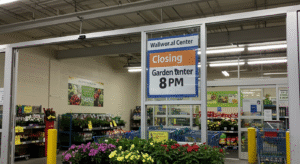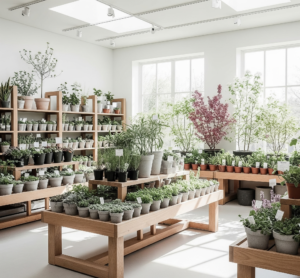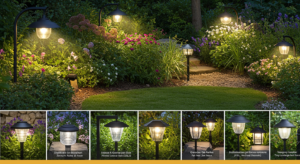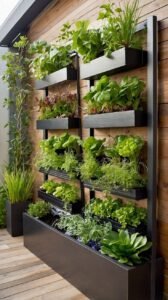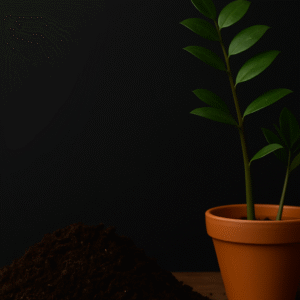Garden Vase
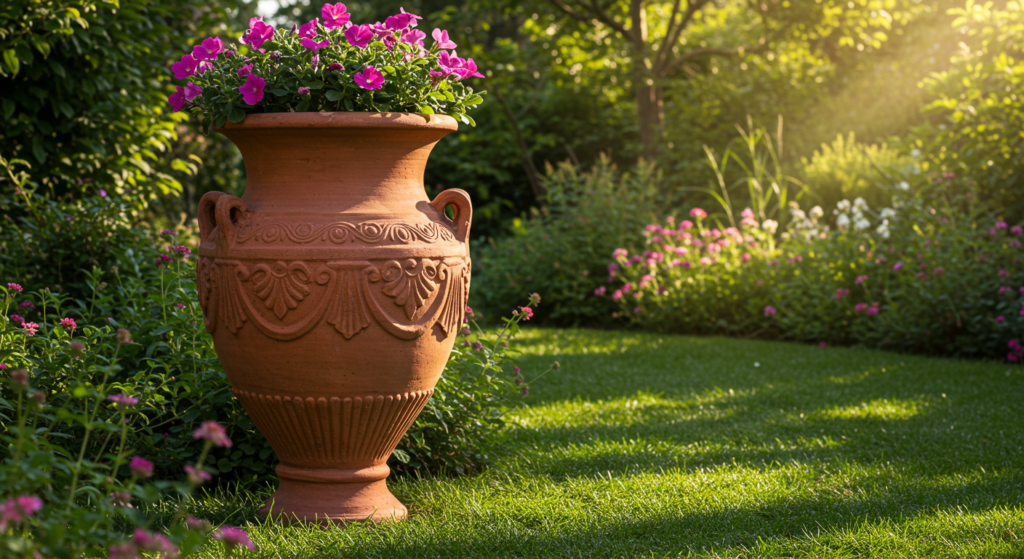
garden vase
A garden vase is more than a vessel for soil and flowers; it symbolizes your personality, mood, and style in your garden. Alone or combined with others, a garden vase can be a central piece that transforms your garden into something beautiful.
Discover how garden vases can enhance the appearance as well as the usability of your garden. From where they are made of and what flowers they can be paired with to where you put them, you will discover how to make these vases the central piece of your garden’s personality.
The Role of Vases in Outdoor Garden Design
Vases have always been an important part of garden design. They are employed in developing visual themes and focal points that attract the eye. Vases can add vertical elements, giving shape to flat areas. They enable you to add height and movement naturally to your garden design.
Vases can form patches in the garden to emphasize, whether they are placed at the entrance or beside a shaded bench. By themselves, they are eye-catching; in groups, they create rhythm and harmony. Their versatility enables them to be dramatic statement pieces or simple accents alongside flowering plants, connecting nature and ornament.
Materials & Styles to Match Your Aesthetic
Choosing the correct material and style is important to the way a garden vase will work in your space. Terracotta provides a warm, old-fashioned appearance, which is best suited to Mediterranean or cottage gardens. Glazed ceramic provides color and shine, which is best suited to eclectic or tropical spaces. Stone vases provide an old-fashioned or imperial appearance, aging well over time to provide a lasting impression.
Metal and concrete are more modern materials. They provide smooth shapes and industrial looks for simple gardens. Garden vases come in many styles, from old-fashioned finishes to very modern designs. These vases can remind us of the past or look ahead to the future. The textures, colors, and shapes of the vases all help tell the story of your garden.
Choosing Plants for Your Garden Vase
Once your vase is chosen, selecting the proper plants to place in it is a question of imagination and proportion. Cascading flowers such as petunias, trailing ivy, or sweet potato vines give a waterfall effect that interrupts the vase shape. Succulents provide sculptural interest and do well in smaller containers, and ornamental grasses provide movement and contrast.
Small topiary or shrubs can be a powerful statement and provide a dense, stable look. Think about the colors you desire; determine whether you prefer your plants to complement the vase or blend colors softly with the vase. How the plants develop is also important: pairing tall plants with spilling plants provides a dense and balanced look that evolves well with seasons and years.
Placement Tips for Maximum Visual Impact
Where you position your garden vase is just as important as what you put in it. Having a high vase at the entrance of your garden illustrates sophistication and consideration. Placing it on a pathway directs the attention and contributes to the garden flow.
A row of vases spaced out on either side of a water feature or staircase is formal, while haphazard groups of vases add fun and playfulness. Even one vase in an otherwise bare space can transform a boring space into something special. Think about how the sun’s rays strike given spaces and how your chosen plants will react to it, adding interest with light and shadow.
Conclusion
A carefully selected and well-positioned garden vase can be the detail that takes your outdoor area from functional to unforgettable. It’s an easy yet effective way to add personality, texture, and form to your garden. So why not start with one? Let your garden vase be a testament to enduring beauty and your imagination, transforming any area into a haven of style and growth
